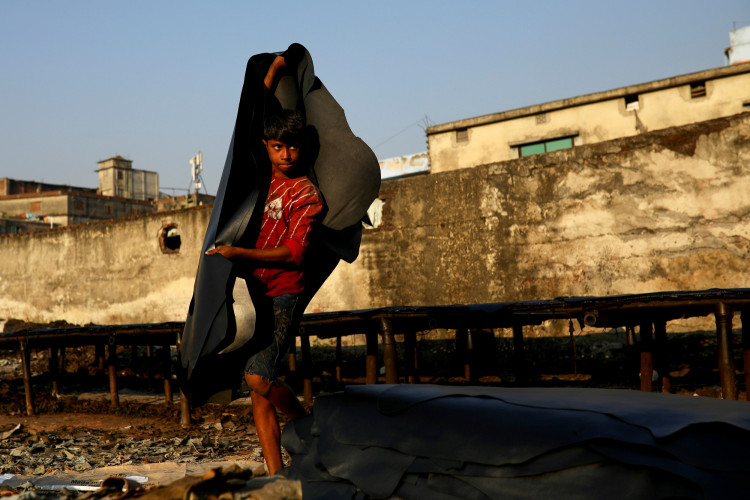The world has seen the first growth in child labor in two decades, and the coronavirus pandemic threatens to push millions more children into the same situation, according to the United Nations Thursday.
The International Labor Organization and the U.N. Children's Fund claimed in a joint report that the number of children working in the labor force stood at 160 million at the start of 2020, an increase of 8.4 million in four years.
The increase began before the pandemic and is a striking reversal of a decreasing trend that saw child labor numbers fall by 94 million between 2000 and 2016, according to the report.
Just as the Covid-19 crisis was beginning to happen, roughly one in every 10 children worldwide was trapped in child labor, with Sub-Saharan Africa bearing the brunt of the burden
"We are losing ground in the fight to end child labor," UNICEF chief Henrietta Fore told reporters, stressing that "the COVID-19 crisis is making a bad situation even worse."
"Now, well into a second year of global lockdowns, school closures, economic disruptions and shrinking national budgets, families are forced to make heartbreaking choices."
While the percentage of children working in child labor remained unchanged from 2016, population growth meant that the figures increased dramatically.
They cautioned that unless immediate action is taken to assist the growing number of poor families, approximately 50 million additional children might be driven into child labor over the next two years.
According to the report, if the latest forecasts of poverty rise owing to the pandemic come true, another 9 million children will be forced into child labor by the end of 2022.
According to UNICEF statistics specialist Claudia Cappa, who jointly wrote the report, statistical modeling indicates that number could be more than five times higher.
The report, which is released every four years, revealed that children aged 5 to 11 accounted for more than half of the global figure.
Boys were far more likely to be affected, accounting for 97 of the 160 million children working in child labor at the beginning of 2020.
However, when home tasks are counted for at least 21 hours each week, the gender difference is cut in half, according to the report.
Perhaps most worrying was the huge increase in children between the ages of 5 and 17 doing so-called hazardous work, which is regarded to have an impact on a child's development, education or health.






